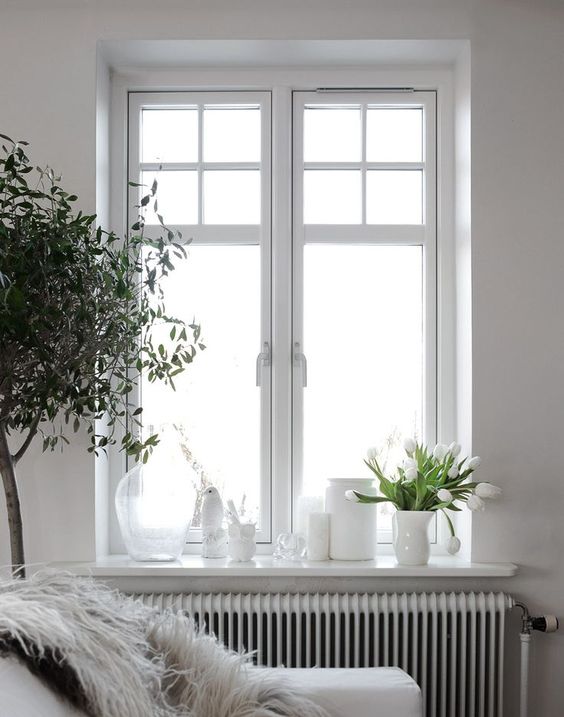Windows are among the most important points when we are considering a space for living as they are flooding your space with natural light, which is vital, they are responsible for ventilation in your home and for insulation, too. What type of windows to choose? Today’s roundup is dedicated to rather not a new kind of windows but a type that is popping up a lot right now and may be a great solution for many homes – casement windows.
What Is A Casement Window?
Original casement windows trace back to the Medieval period when windows were unglazed. It was during the reign of Elizabeth I that the general population began to afford glass windows. Fast-forward to this century on the east coast of North America and across the globe, where these striking windows have become iconic. Popular in period buildings and new construction thanks to the increased popularity of industrial design and the widespread repurposing of industrial architecture worldwide.
Modern casement windows are hinged at the side and open outward, similar to a door. They look like a picture window because, unlike double-hung or sliding windows, a casement window has no rail. Some casement windows will push open, but the majority have a hand crank.
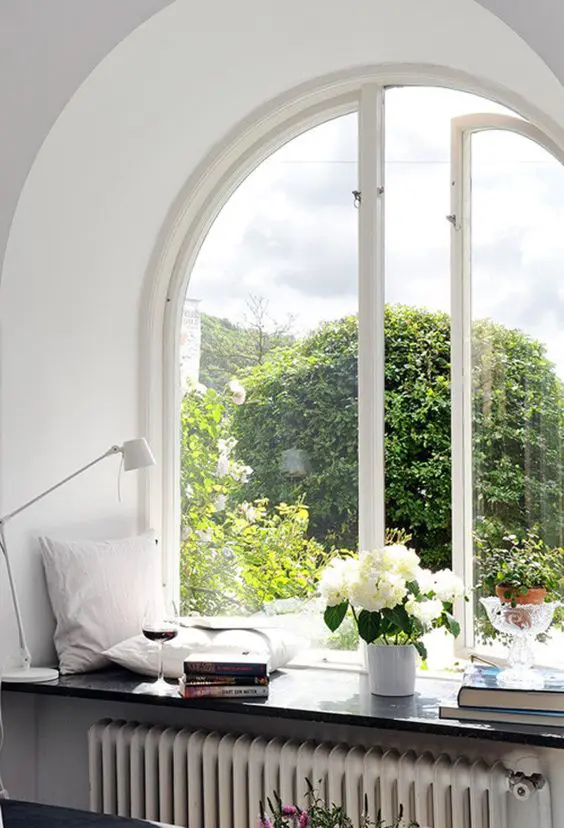
A beautiful arched casement window, a windowsill styled with pillows, blooms and greenery and book stacks are very cozy and chic.
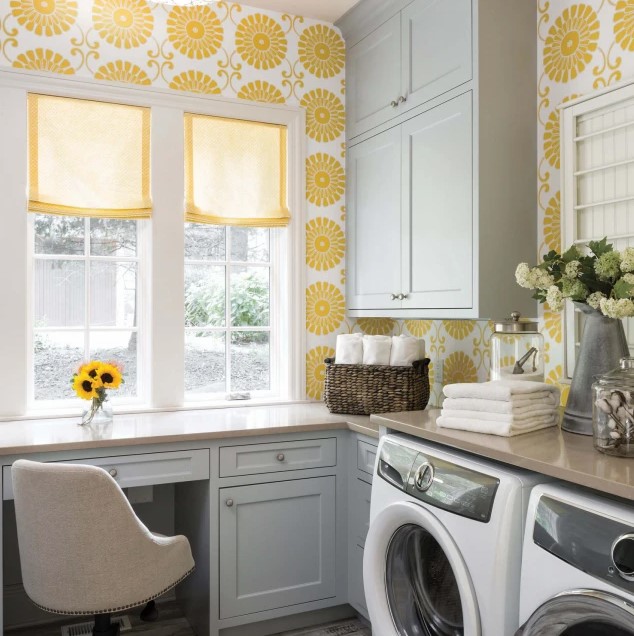
A bright laundry with an intergrated workspace and elevate casement window with French panes looks very chic.
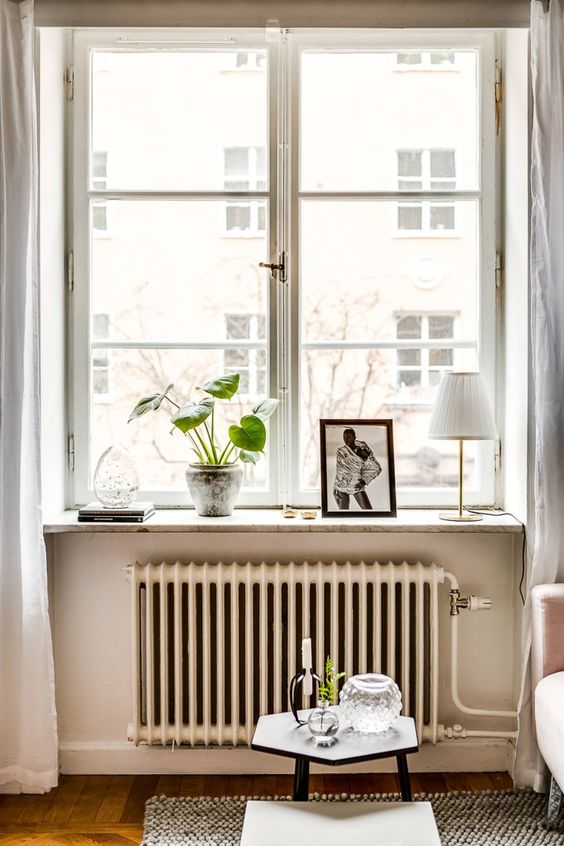
A casement window paired with a vintage radiator and some potted plants and artworks add vintage chic to the space.

A chic cottage-inspired space with a green frame casement window, a green bench and a pink floral chair plus some blooms.

A chic navy frame casement window with French-style panes is a stylish idea for the space and it looks contrasting.

A contemporary bathroom with a bathtub placed in the corner by two wood frame casement windows is amazing.
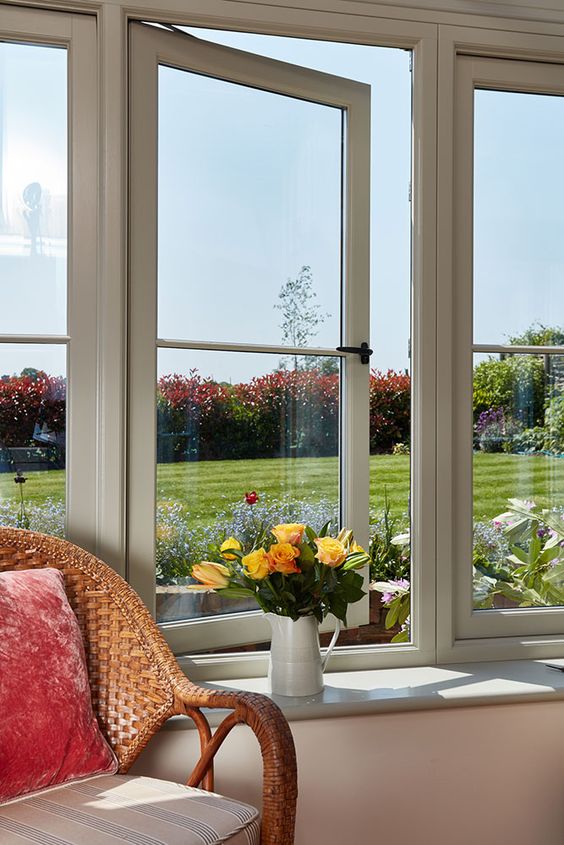
A country space with a large wood frame casement window and a gorgeous view of the garden just wows.

A cozy farmhouse kitchen with black and white cabinetry, white stone countertops and a black frame pane window with a clerestory addition.
What Types Of Casement Windows Are Available?
There are many types of casement windows: French casement, In-swing casement, Push out casement, Push out French casement, In-swing French casement, Hopper, and Tilt-turn.

A cute modenr cottage kitchen in soft warm neutrals, with a window with green frames, tan cabinets and a beige countertop.
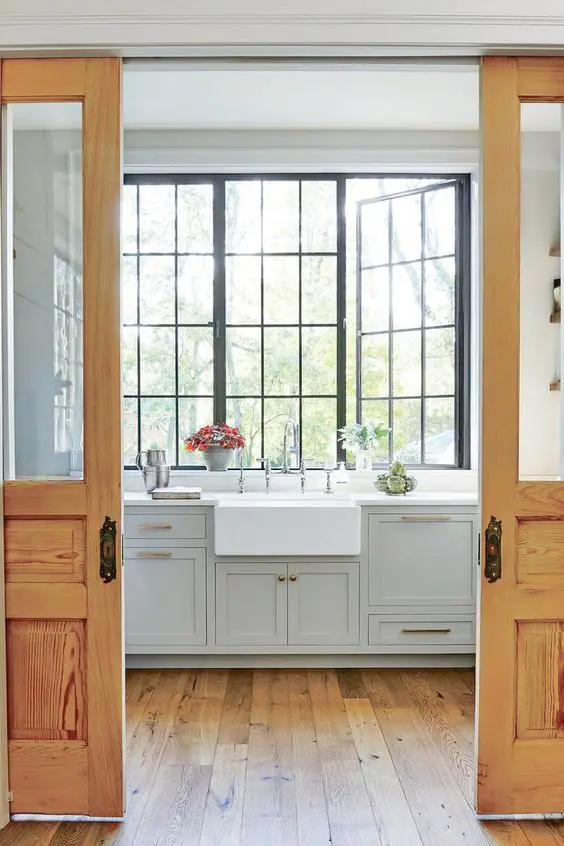
A farmhouse kitchen with grey shaker cabinets, white countertops, a large black frame casement window that lets a lot of light in.
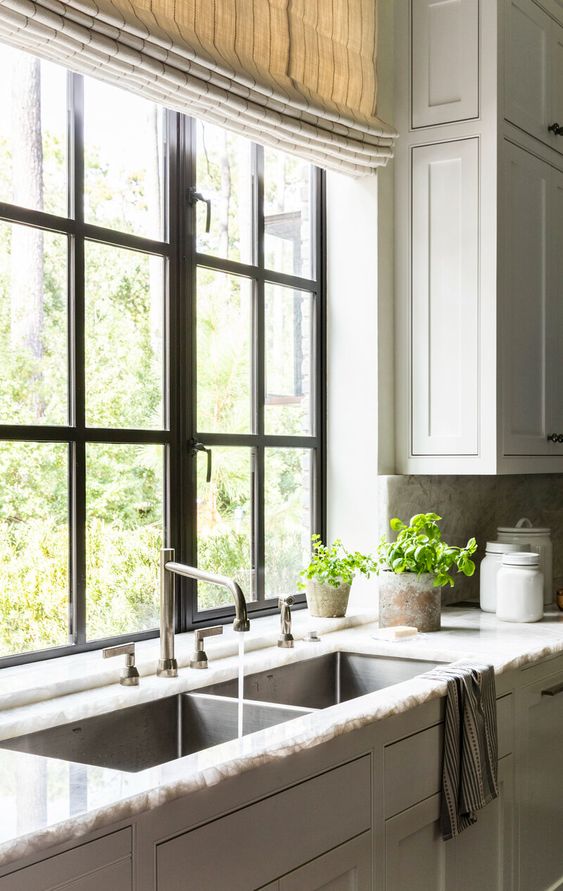
A farmhouse kitchen with shaker style cabinets, a stone countertop, a black frame casement window and striped curtains.
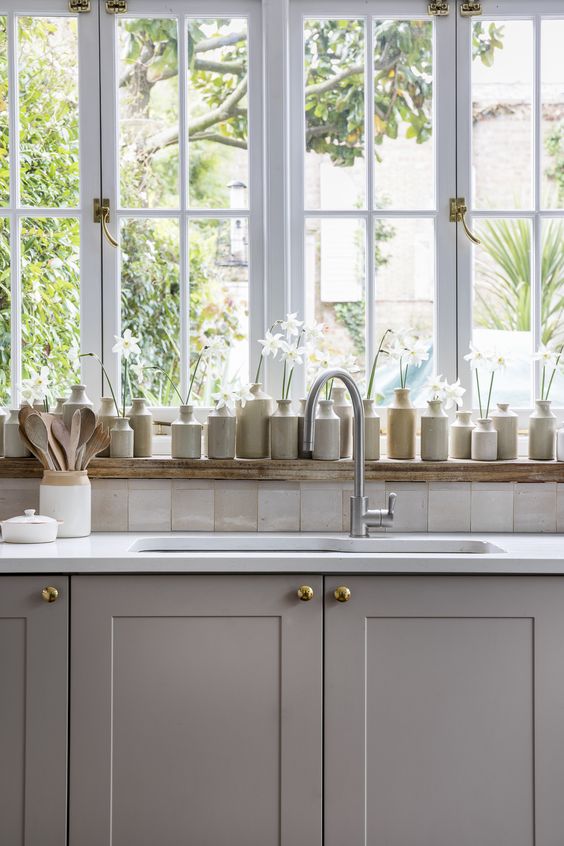
A large casement window with gold fixtures, a shelf with neutral vases and blooms as beautiful and simple decor.
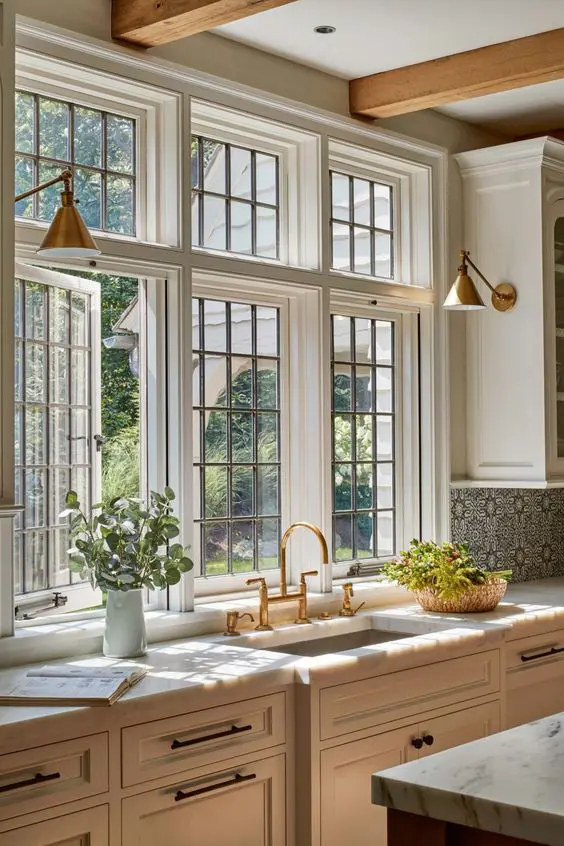
A neutral English country kitchen with a stylish casement window with French paning and brass wall lamps.
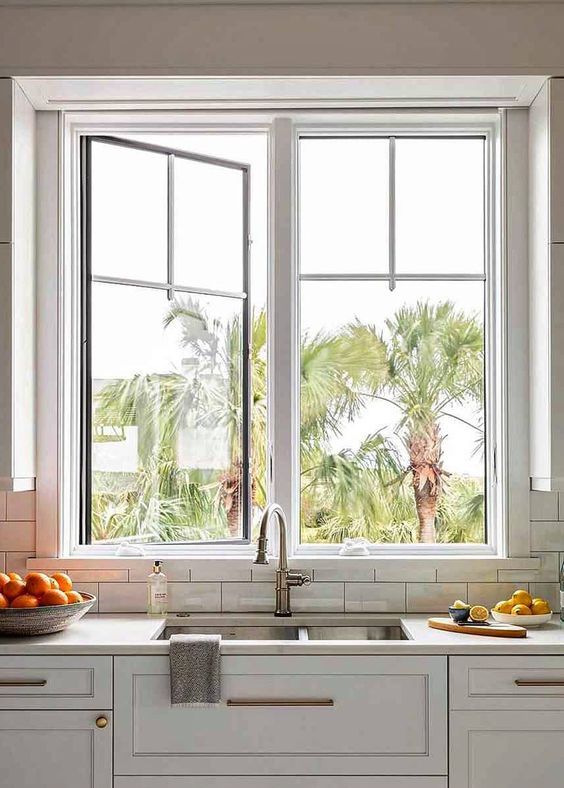
A neutral farmhouse kitchen with a cool casement window for a lovely view, shaker style cabinets and a white stone countertop.

A neutral space with a stylish casement window, a windowsill decorated with candles, a lamp, some greenery and artwork.
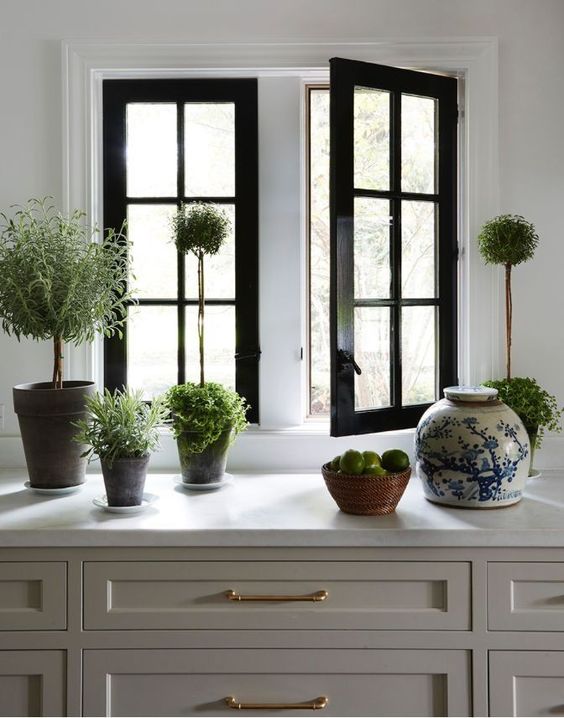
A refined farmhouse kitchen with tan cabinets, white stone countertops, small and lovely black frame casement windows.
What Are Pros Of Casement Windows?
Although a window will not stop intruders from breaking into your house, casement windows are more secure than other windows. Compared to other windows, casements are challenging to breach. But casement windows are opened by turning the crank. Breaking the glass allows access to the crank, but it is challenging to turn the crank on top of broken glass. Savvy homeowners make their casements even more secure by removing the crank from the window and keeping it nearby but out of reach.
Casement windows offer other benefits over other windows. Casement windows close quietly and do not have a track that collects debris. Also, the inside screens are easier to handle from a cleaning lens, especially if the window is on the second story. When fully open, casements allow easy cleaning and excellent ventilation. They are generally more airtight than double-hung windows since the sash locks against the frame when closed.
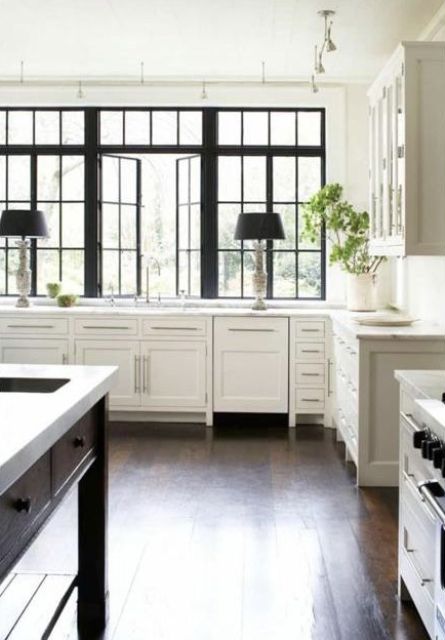
A refined vintage kitchen with white cabinetry, a large black casement window with French panes that contrasts the space.
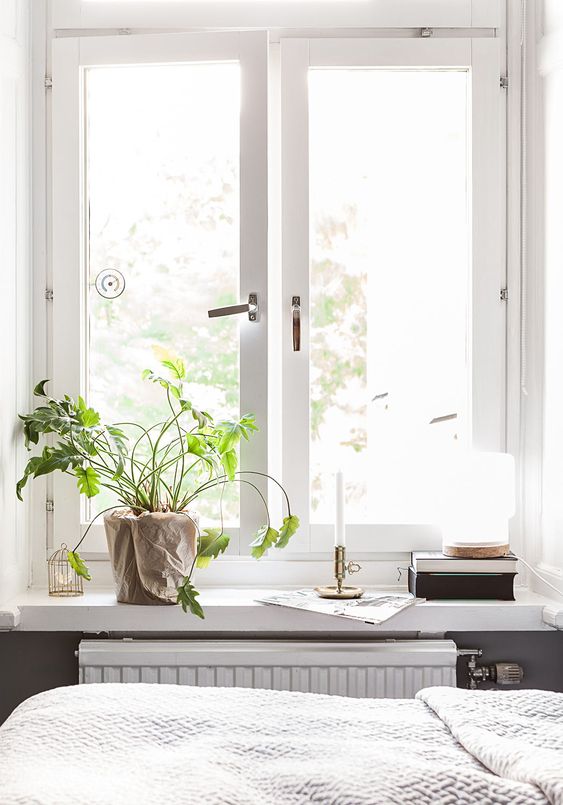
A Scandinavian space with a casement window, a windowsill styled with potted greenery, candles, books and a lantern.
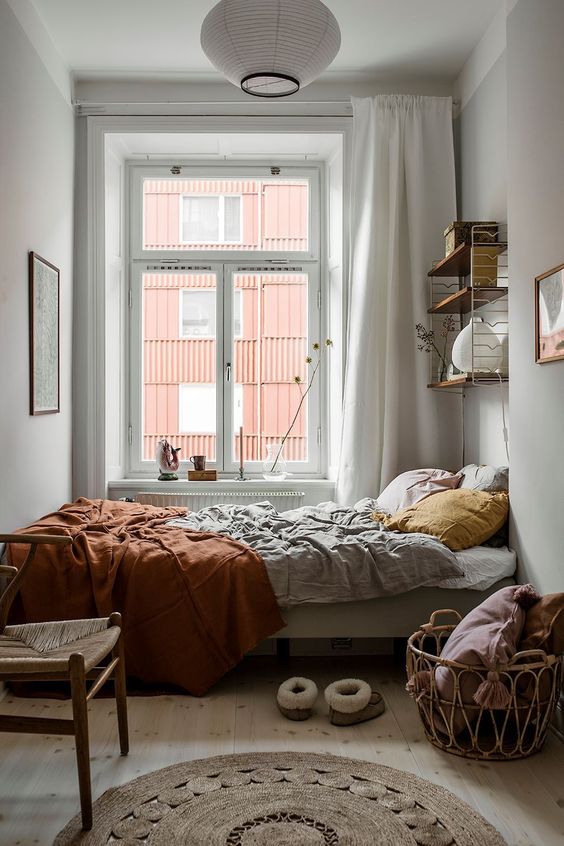
A small Scandinavian bedroom with a casement window and a clerestory addition on top, with a bed with muted color bedding and a wall-mounted shelf.

A stylish black and white kitchen with a large casement window that provides light, ventilation and a gorgeous view.
What Are The Cons Of Casement Windows?
Today’s casement windows are well designed; however, they do have a few issues. One challenge is the possible failure of the casement windows’ operating systems. As risk mitigation design solutions, many manufacturers have improved their opening and closing systems. Window air conditioners are challenging to install with a casement window. If you have a standard air conditioner window unit, they will not fit in these windows.
So, now you know everything you need to decide whether you will get such window for your home or not, so what do you think?
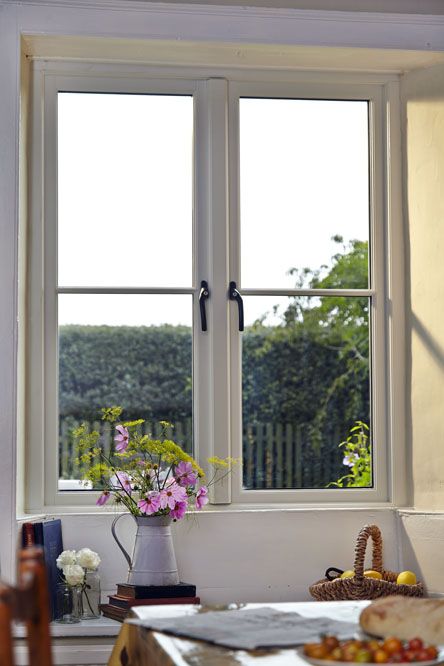
A stylish country space with a casement window, with a gorgeous view of the garden and some greenery and blooms around.
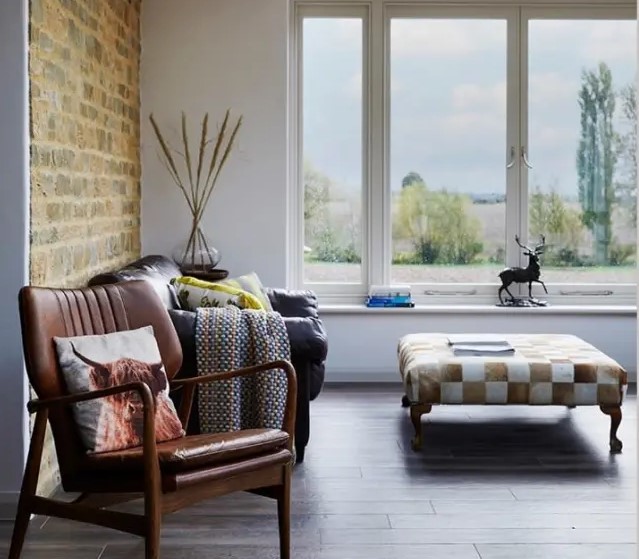
A stylish modern space with a large casement window that provides and a lot of natural light and cool views is amazing.
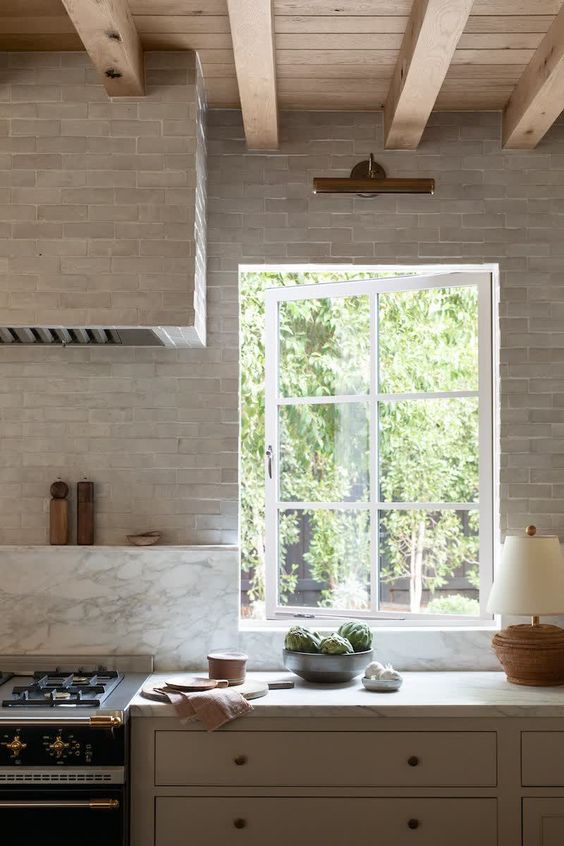
A welcoming neutral kitchen with grey cabinets and tiles, white marble and a casement window with paning.
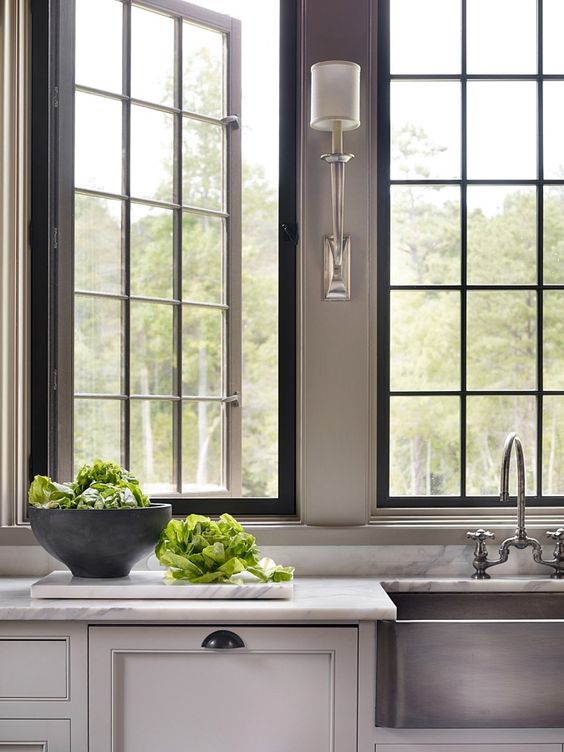
An English country kitchen with a white stone countertop, chic French-style casement windows and elegant lamps.

